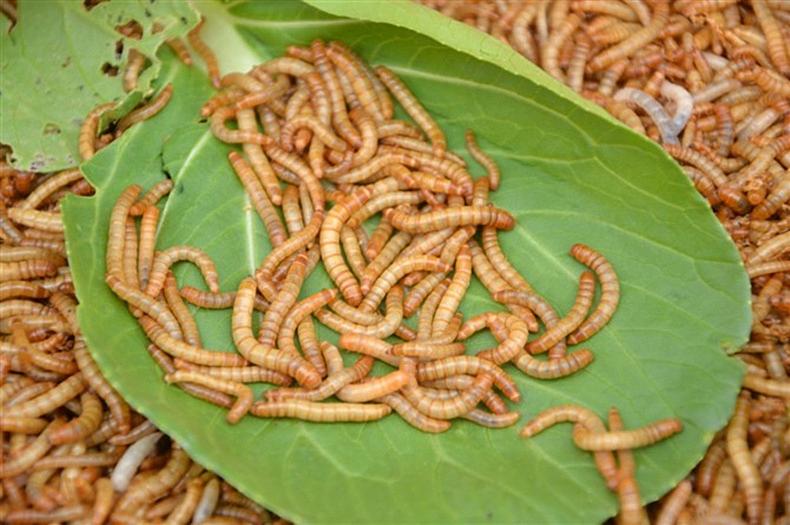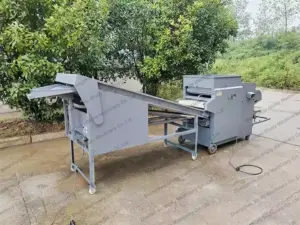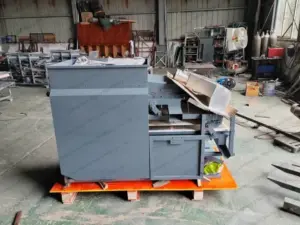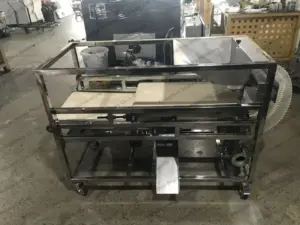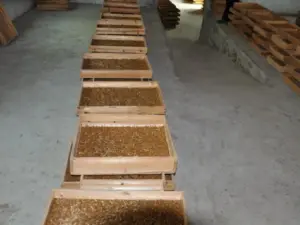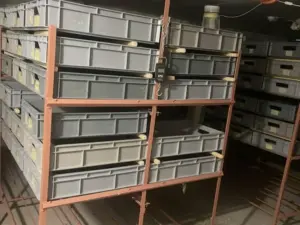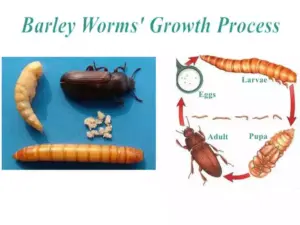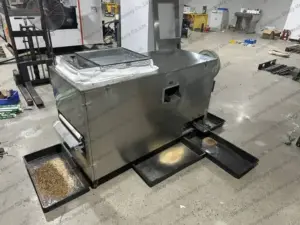ในการทำฟาร์มหนอนมื้ออาหารที่ดี ผู้เพาะพันธุ์ควรดำเนินการอย่างมากเพื่อการจัดการการเลี้ยงหนอนมื้ออาหารและการป้องกันโรคที่ดี ในฐานะผู้ผลิตและผู้จำหน่ายเครื่องจักรสำหรับหนอนมื้ออาหารมืออาชีพ เครื่องจักรของ Shuliy ได้สรุปประสบการณ์หลายปีในการเพาะพันธุ์หนอนมื้ออาหาร และต้องการแบ่งปันเคล็ดลับที่เป็นประโยชน์ที่นี่
การรักษาความสะอาดถือเป็นสิ่งสำคัญสำหรับการเลี้ยงหนอนใยอาหาร
สภาพแวดล้อมที่สะอาดเป็นสิ่งสำคัญมากสำหรับการเจริญเติบโตของ Tenebrio Molitor ซึ่งไม่เพียงแต่สามารถลดการตายของหนอนและเร่งการเจริญเติบโตของหนอนเท่านั้น แต่ยังทำให้ตัวอ่อนในเชิงพาณิชย์มีคุณภาพดีขึ้นและขายในราคาที่ดีขึ้นอีกด้วย มีสองวิธีหลักๆ ในการทำงานที่สะอาดสำหรับพืชเพาะพันธุ์หนอนนก:
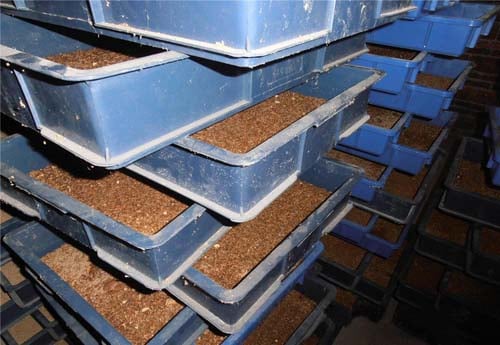
- ที่ เครื่องคัดกรองหนอนใยอาหาร มักใช้ในการเพาะพันธุ์หนอนใยอาหาร (หนอน Tenebrio Molitor/ข้าวบาร์เลย์) โดยเฉพาะอย่างยิ่งในระยะตัวอ่อน ดักแด้ และตัวเต็มวัย เมื่อให้อาหารลูกน้ำ เกษตรกรส่วนใหญ่จะเลือกใช้ผักใบและรำข้าวสาลีหลากหลายชนิด หลังจากที่ตัวอ่อนเติบโตเป็นระยะเวลาหนึ่ง กล่องเพาะเลี้ยงจะผลิตมูลสัตว์และผิวหนังแมลงจำนวนมาก และแม้แต่แมลงที่ตายแล้วบางชนิด กล่องเพาะเลี้ยงทั้งหมดจะปรากฏเป็นสีเทาและสีดำ ณ จุดนี้ ผู้เพาะพันธุ์จะต้องคัดกรองตัวอ่อนในกล่องผสมพันธุ์ให้ทันเวลาด้วยระบบอัตโนมัติ เครื่องแยกกากอาหาร- แมลงที่ตายแล้ว หนังแมลง และมูล ตลอดจนเศษอาหารที่เหลือและปนเปื้อนจะถูกกำจัดออกอย่างรวดเร็ว
- กล่องใส่อาหารควรรักษาความสะอาดอยู่เสมอ ควรกำจัดดักแด้หรือตัวเต็มวัยที่ตายให้ทันเวลาเพื่อกำจัดการลอกคราบและอุจจาระของตัวอ่อน วิธีทำความสะอาดคือ: อย่าใส่อาหารลงในกล่องให้อาหารในช่วงสามถึงสี่วันแรกของการทำความสะอาด และพยายามปล่อยให้หนอนกินอาหารเดิมจนหมด จากนั้นใช้ตะแกรงร่อนอุจจาระพยาธิและแยกหนังหนอนในแต่ละช่วงวัย เกษตรกรผู้ปลูก Tenebrio Molitor ขนาดเล็กสามารถเลือกขนาดตะแกรงที่แตกต่างกันได้หลายขนาดสำหรับการคัดกรองด้วยตนเอง
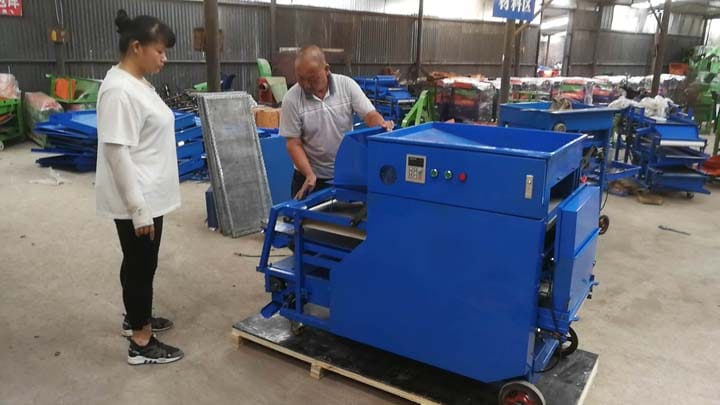
จะป้องกันโรคจากการเลี้ยงหนอนใยอาหารได้อย่างไร?
1. ด้วยการเปลี่ยนแปลงของอุณหภูมิในแต่ละฤดูกาล วิธีการจัดการหนอนนกก็แตกต่างกันเช่นกัน หากสภาพอากาศสูงตัวอ่อนจะเจริญเติบโตอย่างอุดมสมบูรณ์ต้องการความชื้นเพียงพอเพราะจะต้องป้อนอาหารที่มีความชื้นมากขึ้นโดยคำนึงถึงอุณหภูมิที่ลดลงของการระบายอากาศด้วย ในฤดูหนาว คุณจะต้องให้อาหารที่มีรสฉ่ำน้อยลงและให้ความอบอุ่นจากความหนาวเย็น
2. ไรทำอันตรายอย่างมากต่อหนอนใยอาหารสีเหลือง ส่งผลให้ตัวแมลงผอมแห้ง เติบโตช้า อัตราการฟักไข่ต่ำ สิ่งอำนวยความสะดวกลดลง ฯลฯ โดยทั่วไปตั้งแต่เดือนกรกฎาคมถึงกันยายน อุณหภูมิจะสูงเกินไป อุณหภูมิการป้อนนั้นง่ายต่อการผลิต ไร วิธีการป้องกันและควบคุม : ป้องกันการเลี้ยงไรโดยเคร่งครัด รำข้าว รำข้าว และอาหารอื่นๆ สามารถแยกได้โดยการนึ่งเป็นเวลา 20 นาทีเพื่อฆ่าเชื้อ มักต้องการรักษาการไหลเวียนของอากาศภายในอาคาร ลดความชื้น โดยเฉพาะช่วงฤดูร้อนที่มีฝนตกความชื้นสูงเกินไป พยายามอย่าทิ้งหรือให้อาหารเปียกน้อยลง เมื่อพบไร ให้เก็บอาหารไว้กลางแดดเป็นเวลา 10 นาที ในเวลาเดียวกัน มด หนูเป็นศัตรูหนอนใยอาหารสีเหลือง มักจะควรใส่ใจในการกำจัด
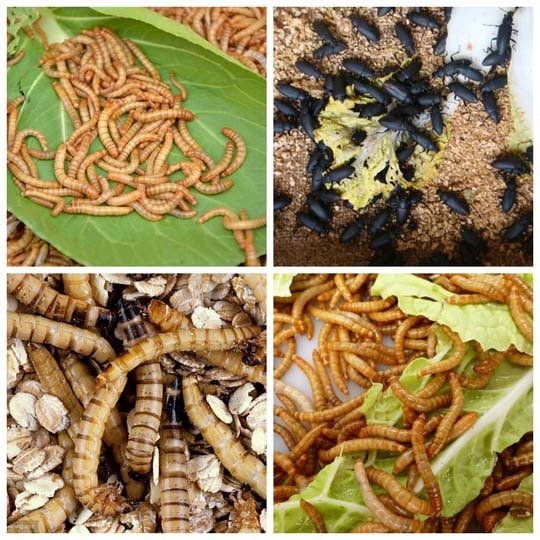
3. Tenebrio Molitor มีสองโรคที่พบบ่อย: ความแห้งและเน่าเปื่อย หลังจากทรมานจากโรคใบไหม้ ศีรษะและหางของ Tenebrio Molitor ก็เหี่ยวเฉา และในที่สุดทั้งร่างกายก็เหี่ยวเฉาและตายไป วิธีการควบคุม: ในฤดูแล้งและฤดูร้อน ให้ใส่อาหารฉ่ำหรือโรยน้ำลงบนพื้นให้ทันเวลาเพื่อให้เย็น เมื่อมีเน่าเปื่อย หนอนจะเคลื่อนที่ช้า อุจจาระจะบาง หนอนจะกลายเป็นสีดำและเน่าและตายในที่สุด โรคเน่าเปื่อยมักเกิดขึ้นบ่อยครั้งในช่วงฤดูฝน อากาศภายในอาคารชื้น อาหารเปียกเกินไป ความหนาแน่นของฝูงสูงเกินไป หรือตัวแมลงได้รับบาดเจ็บ ฯลฯ ซึ่งอาจทำให้เน่าเปื่อยได้ง่าย วิธีการควบคุม: นำโรคและแมลงออกทันเวลา เอาอาหารที่เหลือออก และปรับความชื้นในร่ม

